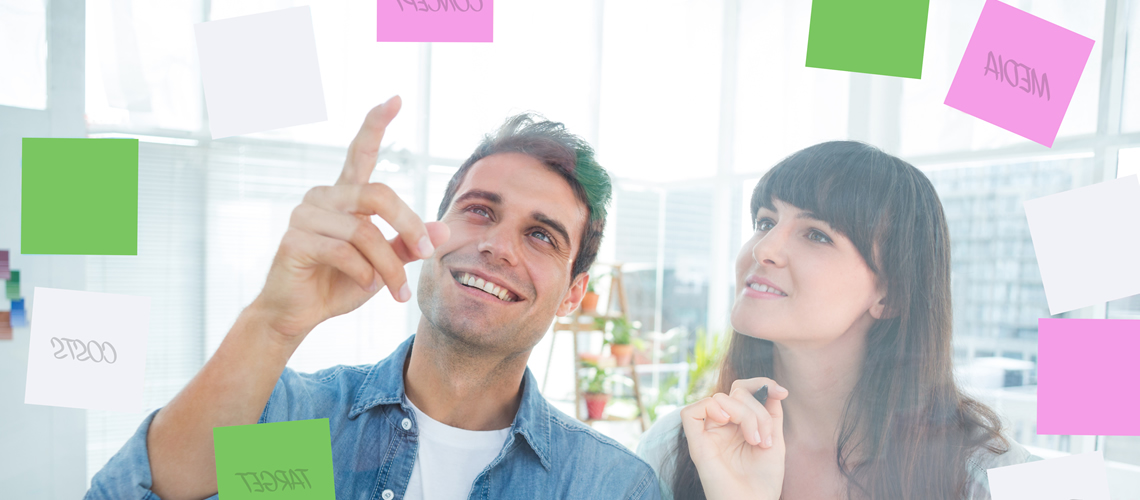
With the Millennials, also known to most as Generation Y, entering the current workspaces it is inevitable that things are about to change in working environments. This generation has an important impact on future office spaces because this generation is the future of these offices itself. Future Office desk research 2015-2016 done by Legamaster’s Marketing Intelligence department concluded that Millennials have a more collaborative way of working than the generation prior to them, Generation X or also known as Baby Busters, not to be confused with the Baby Boomers Generations which preceded Generation X. But what does the Millennials way of working mean for the future of office environments?

Having preference for spontaneous and informal meetings, the Generation Y puts high value in face-to-face meetings compared to its predecessors. In the history of office working, we’ve gone from making phone calls and sending faxes to writing emails and attending video conferences, and now we are going back to where it all began, meeting each other in person and talking face to face. To emphasize the personal feature of the collaborative way of working, Millennials often opt for an open office plan, meaning fellow workers all share one open space, separate office rooms are no longer desired. There is even less desire for allocated desk places and a greater tendency to opt for flexible solutions. That is because in future office, work is set to be more task orientated rather than being dependent on a particular office, meaning a worker would search fellow project members to sit near to and collaborate with, rather than choose for the same office desk day after day. This open office design facilitates more collaboration between co-workers, making it easier to approach one another and stimulate more informal gatherings. And for Millennials being known as the ‘Visual generation’ an open office work atmosphere simplifies visualization because everybody you want to share your information with is literally in the same office room.
These preferences and way of working have an impact on future office trend. Not only is the open floor design of an office environment required, but also informal meeting spaces are a need to have. And to create creativity and stimulate teamwork, collaborative spaces are seen more and more in today’s office environments. For example the Agile approach is no longer only known in IT departments. This way of working has also spread to other departments within organizations as they have realized that these departments too can benefit from Agile practices and principles. Being more and more used in future office, Agile is a way of collaborative working that is growing strongly. Did you know that on Linked In alone there are already 55.349 scrum masters? And more than 8.014 Agile Coaches can be found on the Internet. More and more organizations tend to adopt Agile way of collaborative working because it speeds up the process of product delivery because teams are more productive for they have a better way to manage priorities and therefore create a higher quality product for clients. Overall, the organizations who implemented Agile experienced many benefits.
Not only the working environment of collaborative workers but also the materials available in their offices are of importance to enhance the outcome of the collaborative way of working. User stories from Legamasters research state needs such as; “something with a grip for coaches/ scrummers that are on the go a lot”; Legamaster’s answer is the new Agile toolbox, an easy to carry around box containing office materials needed for the daily scrum sessions such as whiteboard markers, divider tape, magnets, board eraser, board cleaner and tissues. Another need, related to future way of working that Legamaster focused on; “Agile workers tend to prefer to use magnets rather than stickies for anything that may be in place for more than a few days or that needs to be moved around a lot. For example, story cards on a task board." Legamaster’s simple answer to fulfil this need is Magic Chart Notes. Being static, you can easily adhere them to virtually any surface, and efficiently move and replace them. What’s more, the Magic Chart Notes are erasable and reusable. Watch the movie and see for yourself how Magic Chart Notes bring that touch of magic in a collaborative workplace.
Source; Legamaster Future Office desk research – 2015/2016
Legamaster Strategy Survey, 2015
You can call a Staples representative at the following number:
+44 (0) 121 322 1000
You can also fill out the form below and one of our representatives will get in touch with you shortly.